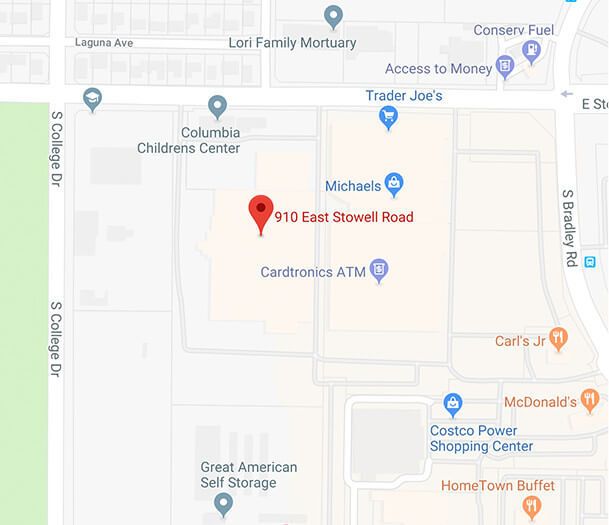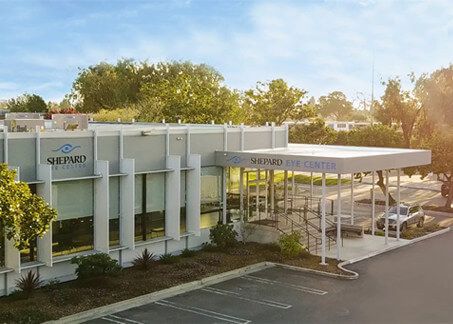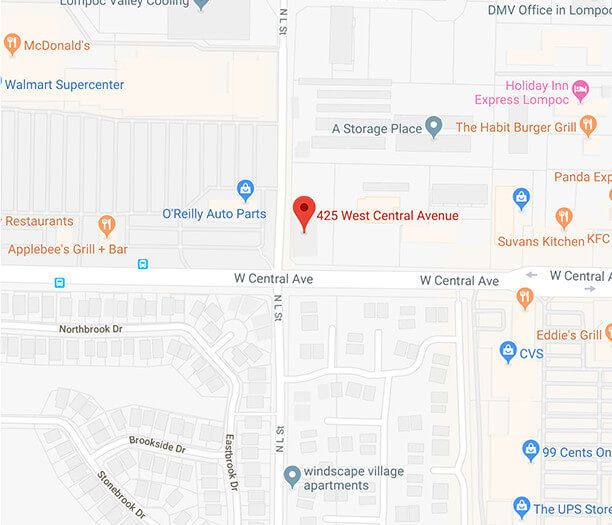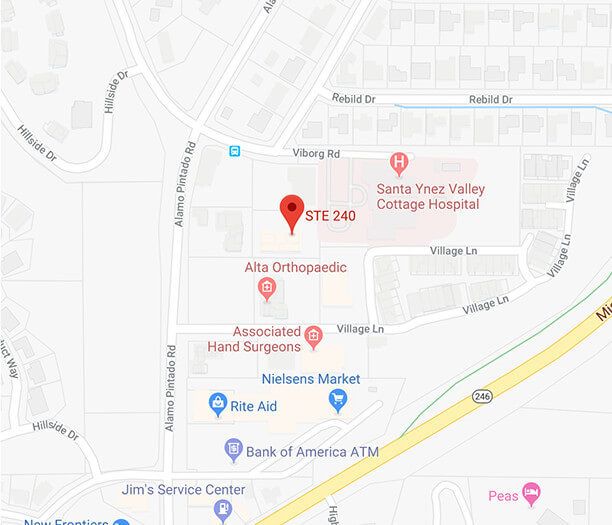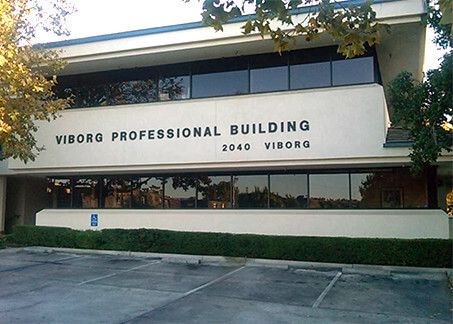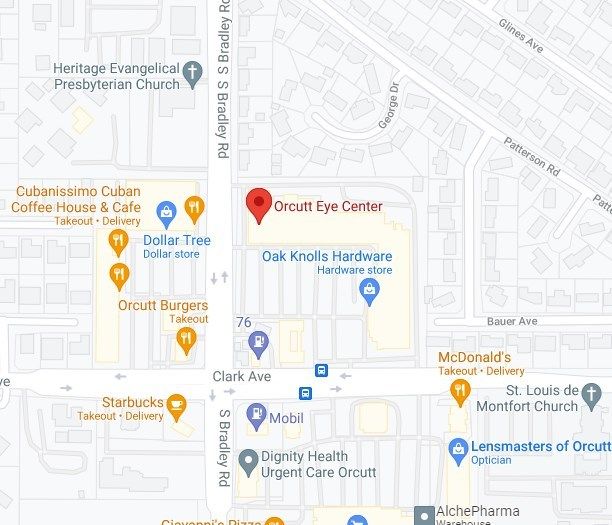
Pterygium, often referred to as "surfer's eye," is a non-cancerous growth of fleshy tissue that develops on the white part of the eye (conjunctiva) and can extend onto the cornea. While it is generally benign, it can cause discomfort and, in some cases, interfere with vision if it progresses far enough across the cornea.
What Causes Pterygium?
Although the exact cause is not fully understood, pterygium is commonly linked to excessive exposure to ultraviolet (UV) light. Environmental factors like wind, dust, and dry climates also appear to play a role in its development. These elements may cause chronic irritation to the eye’s surface, leading to the growth of this fibrovascular tissue.
Certain individuals may be more prone to developing pterygium, including:
- People who spend a significant amount of time outdoors, especially without eye protection
- Residents of sunny or windy environments
- Men develop pterygium compared to women
- More commonly seen in individuals with Latino ancestry
Wearing sunglasses and hats that block UV rays can help reduce the risk of developing pterygium or prevent existing growths from worsening.
Common Symptoms
Symptoms of pterygium can vary depending on its size and progression. They may include:
- A visible growth on the white of the eye
- Redness or inflammation
- A gritty or burning sensation
- Dryness or irritation
- Blurred vision if the growth extends over the cornea
While mild cases may only cause minor discomfort or cosmetic concerns, advanced cases can impair vision and require surgical removal.
How is Pterygium Treated?
In early stages, pterygium can often be managed with artificial tears or lubricating eye drops to reduce irritation. However, if the growth begins to affect vision, causes significant discomfort, or leads to cosmetic concerns, surgery may be recommended.
At Shepard Eye Center, we offer advanced pterygium removal using a state-of-the-art technique that enhances healing and comfort. During the procedure, the growth is carefully excised, and a healthy tissue graft is placed over the affected area. Instead of traditional stitches, we typically use a sterile adhesive to secure the graft, promoting a smoother recovery and minimizing irritation.
To further reduce the likelihood of the growth returning, we apply a specialized medication during surgery that helps prevent recurrence.
Schedule Your Consultation
Pterygium is a common eye condition, especially in individuals frequently exposed to sunlight and environmental irritants. While it can often be managed conservatively in its early stages, surgical treatment may become necessary for more advanced cases. We utilize modern surgical methods designed to support quicker healing, improve comfort, and lower the risk of recurrence.
If you’re experiencing symptoms of pterygium, schedule an appointment with Shepard Eye Center to discuss your treatment options. Visit our offices, Shepard Eye Center in Santa Maria, CA (805) 925-2637, Kendall Shepard Eye Center in Lompoc, CA (805) 736-2020, SLO LASIK & Cataract, in San Luis Obispo, CA (805) 387-2020, to request your consultation today.









